-
1. Optimizing Collector Selection and Dosage
Select an appropriate collector based on the characteristics of the target ions, ensuring its highly selective binding ability. Determine the optimal type of scavenger through experimentation to avoid inefficient binding due to mismatched scavengers. Control scavenger dosing uniformly, using staged dosing or agitation to enhance contact between the scavenger and the water, ensuring that ions are fully converted into hydrophobic complexes, laying the foundation for subsequent bubble adsorption.
-
2. Improving Bubble Generation Quality
Optimize the operating parameters of the bubble generator to produce uniformly sized, stable microbubbles. Clean the bubble generator components to prevent clogging or wear that could affect bubble morphology. Adjust the gas supply method to improve bubble dispersion in the water, increase the contact area between bubbles and pollutants, enhance adsorption capacity, and reduce bubble coalescence or premature collapse.
-
3. Control Water Flow and Equipment Parameters
Rationally design the water flow velocity and flow pattern within the equipment to avoid excessively high flow rates that result in insufficient contact time between bubbles and pollutants, or excessively slow flow rates that cause impurity deposition. Optimize the tank structure to reduce dead zones and vortices, ensuring smooth and orderly water flow. Adjust the inlet and outlet layout to ensure even water distribution within the equipment and improve overall mass transfer efficiency.
-
4. Strengthening Pretreatment Processes
Pre-treat raw water before entering the flotation system to remove large impurities and interfering substances. Reduce water turbidity through filtration or sedimentation to prevent impurities from competing for adsorption on the bubble surface. Adjust the pH and temperature of the incoming water to an appropriate range to provide optimal conditions for scavenger reaction and bubble stability, minimizing the impact of water quality fluctuations on separation efficiency.
-
5. Promptly Remove Floating Debris and Maintain Equipment
Regularly remove floating debris from the water surface to prevent excessive accumulation and secondary contamination caused by falling back into the water. Establish a regular equipment maintenance system, clean the flotation tank walls and piping, inspect the operating status of components such as the bubble generator and scraper, and promptly repair worn or clogged components to ensure the equipment is in good working condition and maintain stable separation efficiency.
Home
>
News >
How to Improve the Separation Efficiency of High-Speed Ion Flotation
How to Improve the Separation Efficiency of High-Speed Ion Flotation
2025-08-25
You May Also Like
-
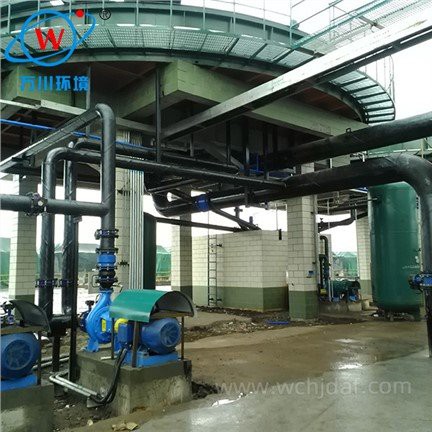 How to Optimize the Performance of a Dissolved Air Flotation Unit
How to Optimize the Performance of a Dissolved Air Flotation Unit -
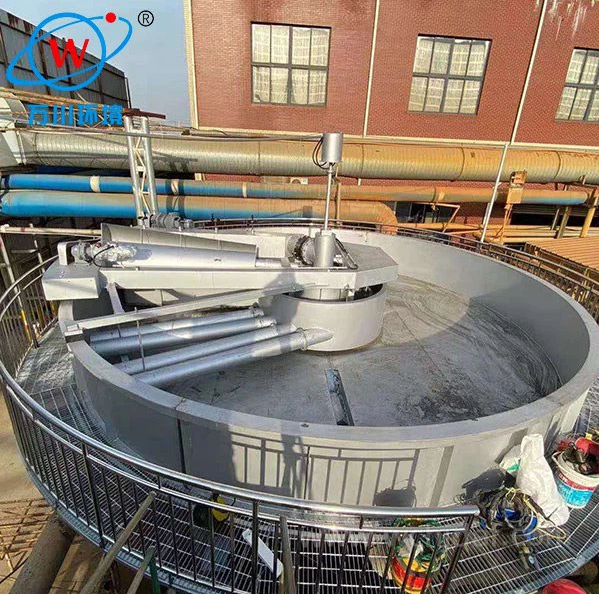 How to Improve Water Treatment Efficiency of DAF System
How to Improve Water Treatment Efficiency of DAF System -
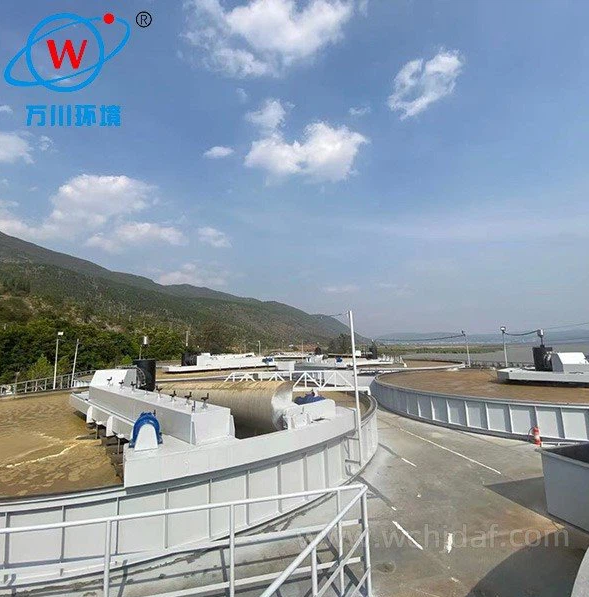 The Importance of Puncture Resistance in Cotton Bale Wrap Film
The Importance of Puncture Resistance in Cotton Bale Wrap Film -
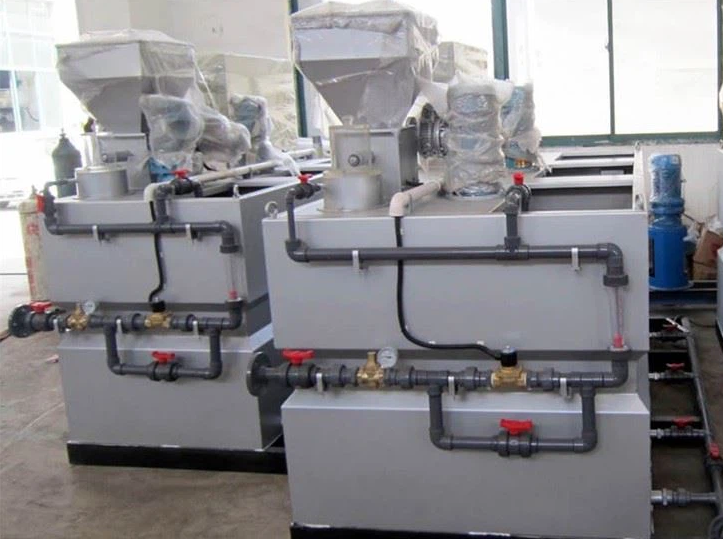 How to improve the quality of bubble generation of Air floatation device
How to improve the quality of bubble generation of Air floatation device -
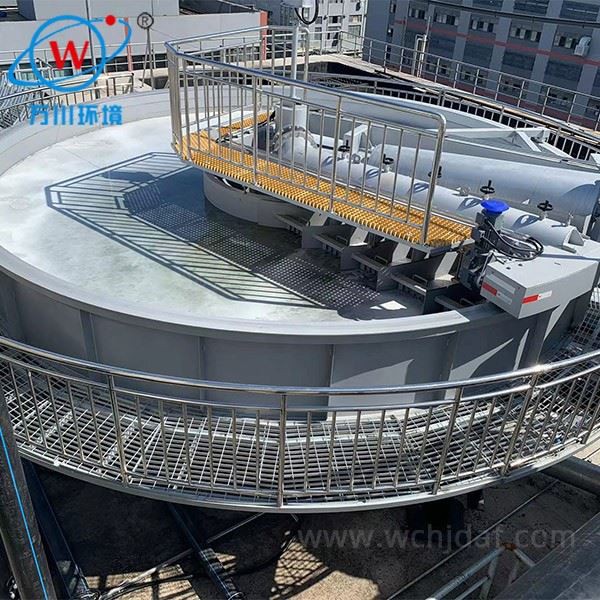 What types of sewage can be treated by Air floatation device
What types of sewage can be treated by Air floatation device -
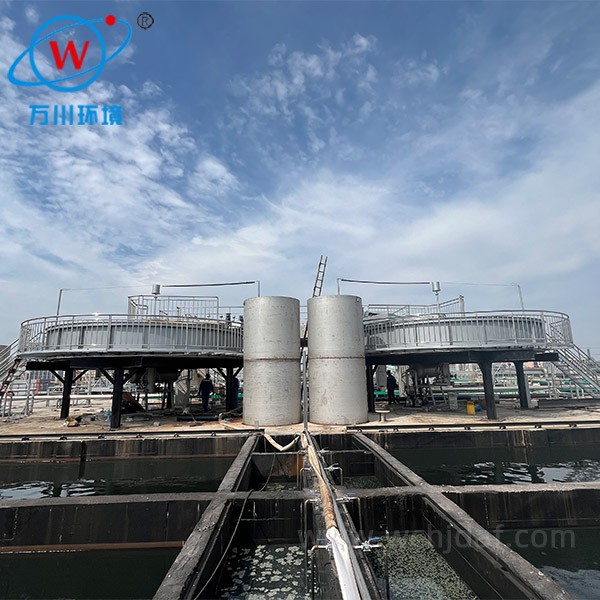 How to determine the maintenance cycle of induced air flotation
How to determine the maintenance cycle of induced air flotation
Send Inquiry
Latest News
